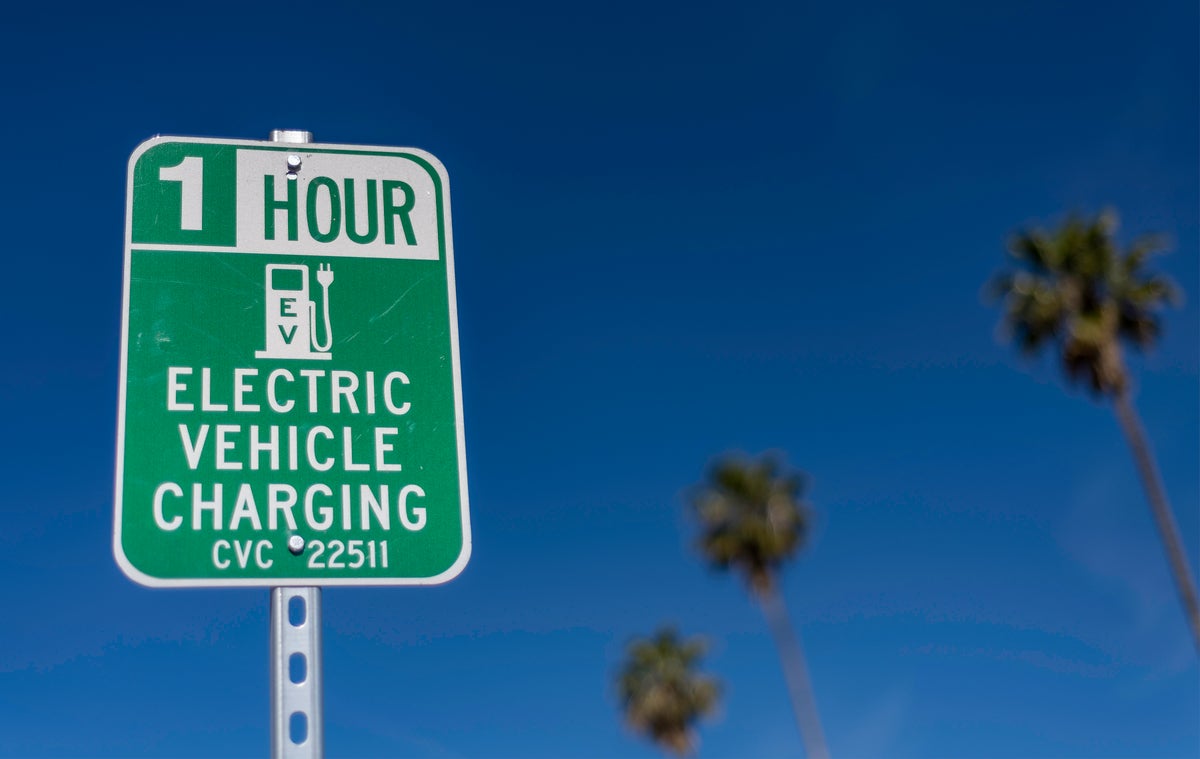- Joined
- Jan 3, 2022
- Messages
- 5,790
- Reaction score
- 6,160
- Location
- Santa Clara County, CA
- Cars
- Air GT, XC40 P8 EV
Destination chargers are level 2 (AC) chargers that max out at 19.6kW or less, the same maximum as a J1772 level 2 charger, but with Tesla's connector. Superchargers and CCS stations are level 3 (DC) chargers that are generally capable of 50-350kW.I thought there were some chargers in California that offered this already? And I also thought Tesla's destination charger was open as of now. I think destination chargers are slower than super chargers. But my research maybe incomplete or wrong.
Nonetheless, once it does open up to non-Tesla owners, Tesla's charging network advantage would be a moot point.
I have no inside knowledge, but am guessing that Tesla has no business reason to add CCS capability to their charging stations, and will not do this any time soon, regardless of what they've said once or twice in the past.


